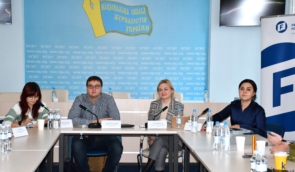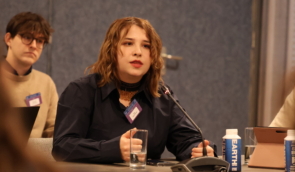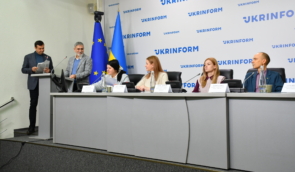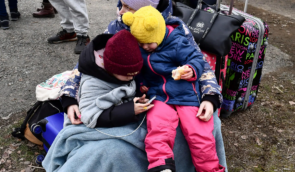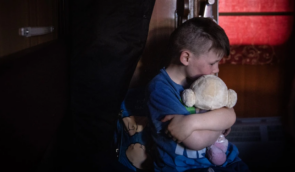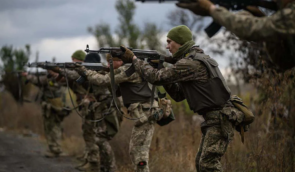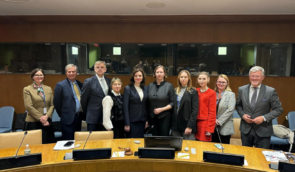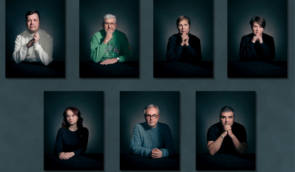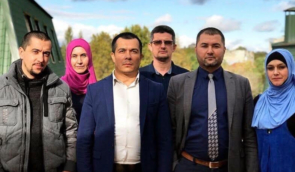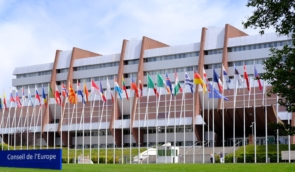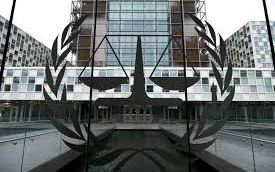A photo exhibition was shown in the center of Ivano-Frankivsk and letters were written to political prisoners of the Russian Federation
The photo exhibition “Crimea through the eyes of citizen journalists: 10 years in captivity” consists of 48 photos and information panels that were laid out on Vichev Maidan in the form of the Crimean Tatar coat of arms – the Tamga. The exhibition brought together photographs taken by citizen journalists who, risking their lives, recorded arrests, searches, trials and other crimes of the Russian occupiers against the Crimean Tatar people since the beginning of the occupation of Crimea.
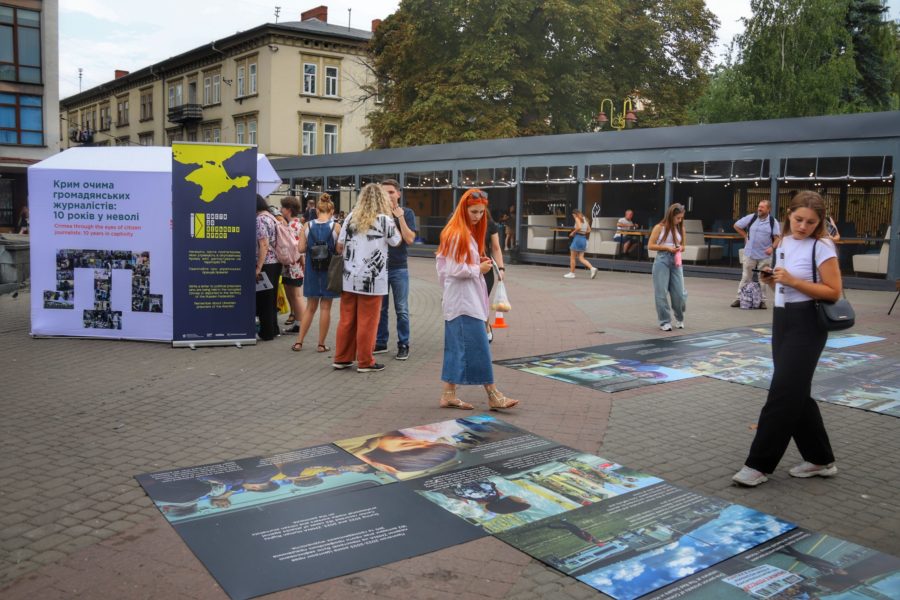
During ten years of occupation of the peninsula, Russia has almost completely destroyed freedom of speech and independent journalism. Many Crimean publications ceased their activities in 2014, and many professional journalists were forced to leave the peninsula. These events contributed to the emergence of such a phenomenon as citizen journalism in Crimea.
“With this photo exhibition, we draw the public’s attention to the human rights situation in occupied Crimea, the situation of political prisoners held by the Russian authorities. The photographs of the photo exhibition depict illegal arrests of Crimean Tatars, searches of their homes and trials on fabricated criminal cases. This is almost 150 square meters of photo evidence of the abuse of the Crimean Tatar people by the Russian occupiers. The exhibition is timed to mark 10 years of the Russian occupation of Crimea, in order to sum up and outline all the crimes committed by the Russian Federation on the territory occupied by it,” said Victoria Nesterenko, project manager of the Human Rights Centre ZMINA.
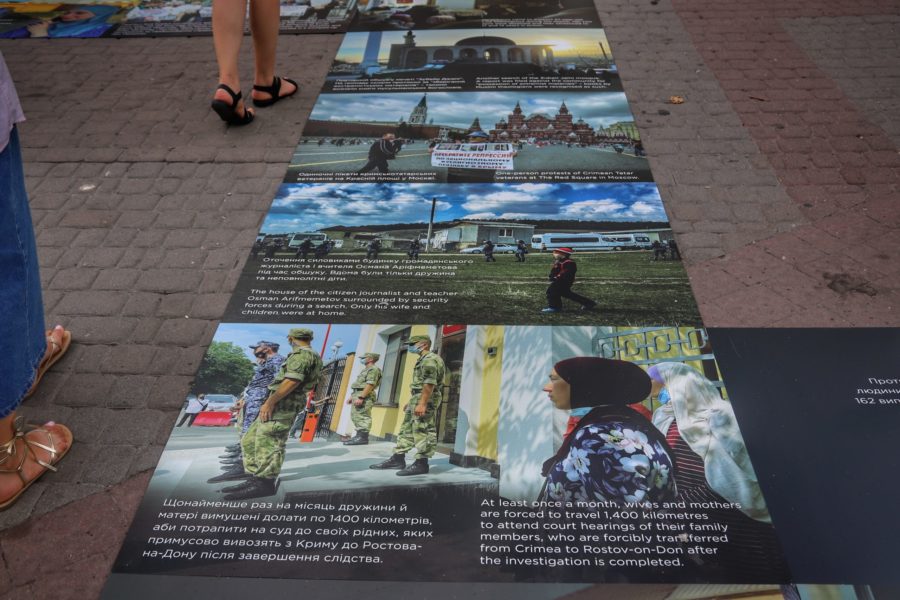
For the most part, citizen journalists are Crimean Tatar activists and relatives of political prisoners who are forced to work anonymously. During ten years of occupation, many of them were illegally imprisoned. There are currently 17 names on this list, including Radio Freedom journalist Vladyslav Yesypenko, citizen journalists Amet Suleimanov, Iryna Danylovych, Server Mustafaiev, Osman Arifmemetov, Marlen Asanov and others. Since Russia cannot completely suppress freedom of speech at the legislative level, the occupation authorities are constantly looking for pretexts to detain journalists, search their homes and charge them with sabotage or terrorism.
“I and other colleagues who worked in Crimea during these years could not physically manage to cover the entire amount of information. There were days when I could attend 3-4 court hearings on our political prisoners. And then they appeared: people with phones. Crimean Tatars once again began to resist in the peaceful way that was available to them during the occupation. They began to perform the function of journalists, covering, literally, every trial, every detention. In addition to the list of political prisoners, there is a separate list of imprisoned Crimean journalists. Most of them are citizen journalists of the Crimean Solidarity initiative. Among them is my colleague, Vladyslav Yesypenko, a journalist of the Ukrainian bureau “Radio Liberty”, who was tortured by FSB officers for two days with an electric current in the basement, forcing him to sign a statement against himself. As of now, 17 of my colleagues are on this list,” Crimean journalist Oleksandra Yefymenko said about her experience working in Crimea.
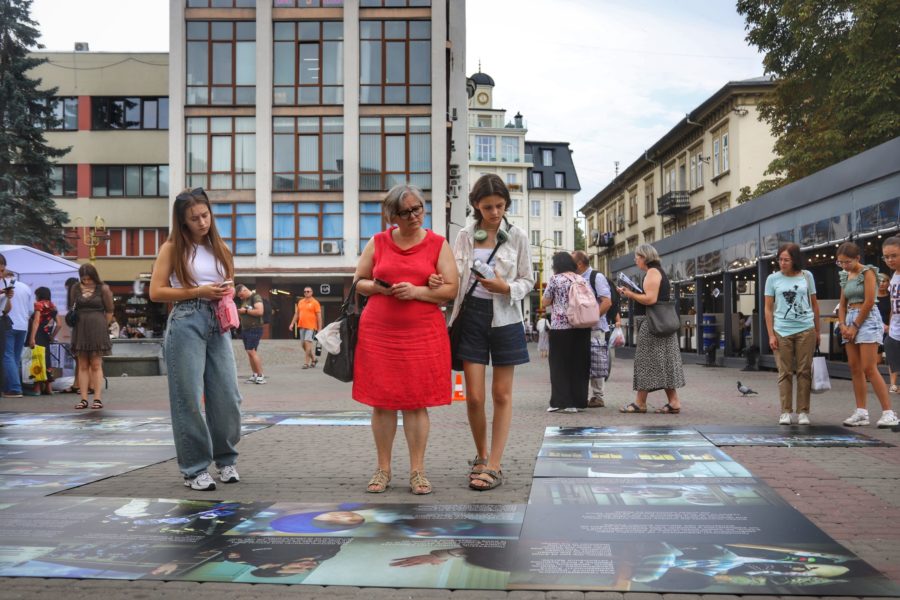
During the ten years of occupation of Crimea, at least 21 journalists were illegally imprisoned, and hundreds were subjected to various kinds of persecution. During 2022-2023, the Human Rights Centre ZMINA recorded 162 cases of attacks against professional media and citizen journalists. The most common methods of attacks on journalists in the occupation are threats, searches, detention, administrative and criminal proceedings.
After February 24, 2022, citizens of Ukraine living in occupied Crimea increasingly began to show their will to resist, despite years of intimidation, as well as an information blockade, which made it impossible to learn about all the atrocities committed by the Russians on the mainland of Ukraine under time of a full-scale invasion.
According to the Office of the President of Ukraine in Crimea, as of today, 218 people are illegally imprisoned in occupied Crimea, 133 of whom are Crimean Tatars. Most of them were transferred to colonies and prisons in the territory of Russia. The lion’s share of illegal criminal prosecutions concern representatives of the Crimean Tatar people. This is because the Crimean Tatars have always supported and support Ukraine and are very active in talking about it. Crimea is the place of formation of the indigenous Crimean Tatar people, their cradle. The Russian government in various forms (imperial, Soviet, federal) is trying to destroy them, rot in prisons, and therefore these people are ready to actively defend the right to peace and tranquillity for their land.
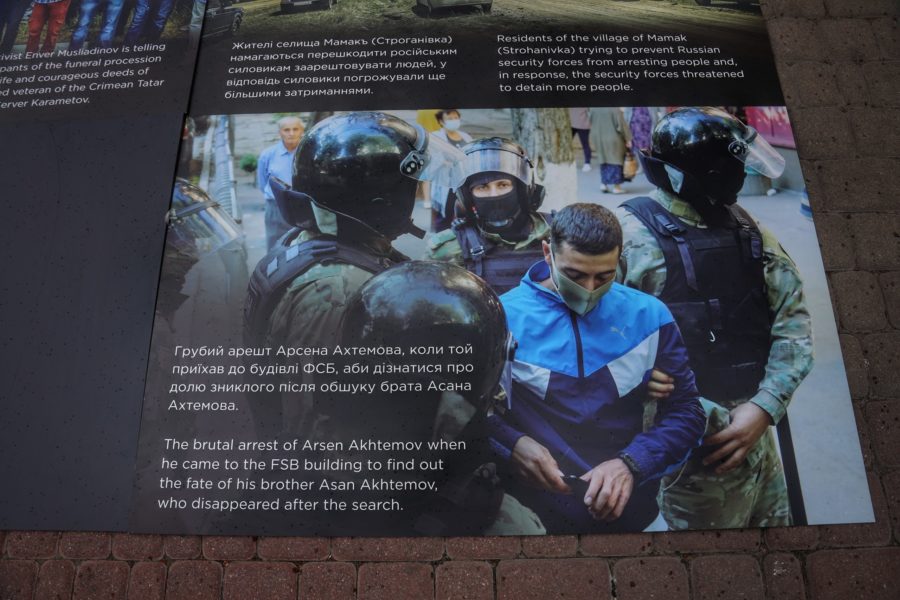
“My sister Umerova Leniie, a 25-year-old girl who was thrown behind bars by the Russians when she tried to get to her father who was sick with cancer in Crimea. She was the only one among the passengers with a Ukrainian passport. The Russian police detained her and issued an administrative report for allegedly violating the rules of crossing the border. For more than a year and a half, she has been kept in solitary confinement, using threats, abuse and other dirty methods of totalitarian regimes against her. Short letters that pass 3-week checks by the FSB are the only way to get news from her. In her letter to the president, she wrote: “The words “dignity” and “freedom” have no price!” My sister from the Russian pre-trial detention centre wrote: “All this is gross evidence of contempt for human rights, freedoms and dignity, which was formed as a result of someone’s aggressive ambitions and has become a terrible norm for the last, almost ten years. And we, all together, very much need to cure the cause of this!” – said the brother of the illegally imprisoned Aziz Umerov.
During the photo exhibition, an information tent was operating on Vicheva Maidan, in which local residents and guests of the city could get information about the event, as well as write letters to political prisoners as part of the “Letters to a Free Crimea” campaign. Human rights activists suggested choosing a postcard with views of Crimea and addressing political prisoners with words of support. In the future, these letters will be transferred to places of detention where illegally imprisoned Crimean activists and journalists are held. Letters with sincere signatures from caring Ukrainians are of great importance for the moral support of political prisoners.
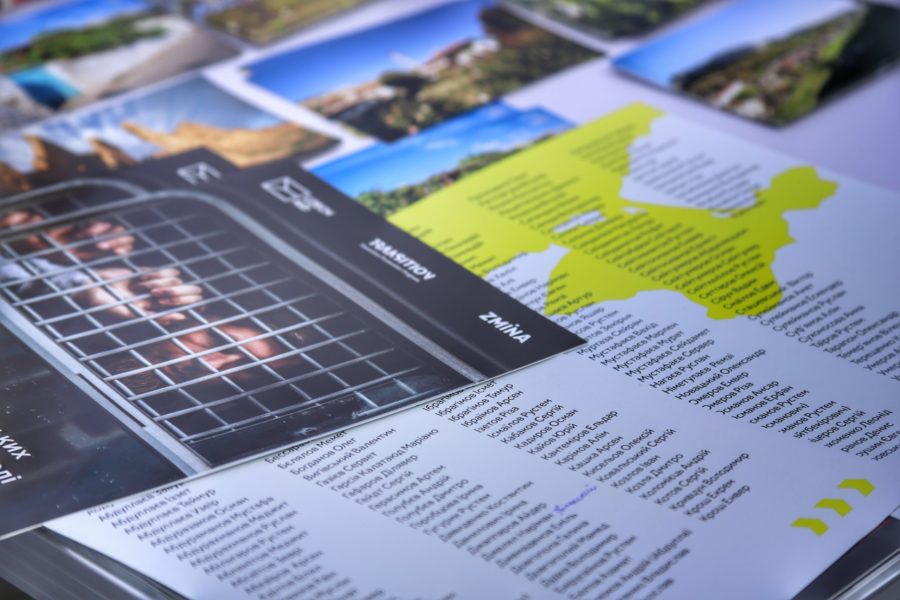
The photo exhibition “Crimea through the eyes of citizen journalists: 10 years in captivity” is exhibited in five regional centres – Odesa, Ivano-Frankivsk, Lviv, Khmelnytskyi and Dnipro. The Human Rights Centre ZMINA is the organizer of the photo exhibition with the support of the Representation of the President of Ukraine in the Autonomous Republic of Crimea and the Ministry of Foreign Affairs of the Czech Republic.
If you have found a spelling error, please, notify us by selecting that text and pressing Ctrl+Enter.

